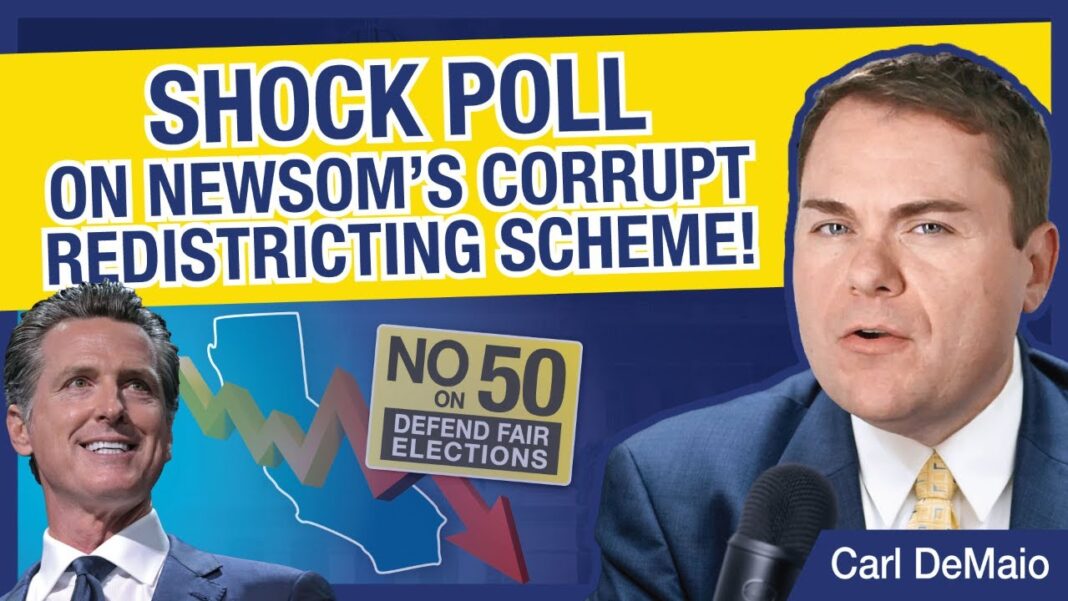Current conditions ’may warrant’ an interest rate cut, said Fed Chair Jerome Powell.
Federal Reserve Chair Jerome Powell presented his final keynote address at the central bank’s annual Jackson Hole summit on Aug. 22.
Powell’s highly anticipated speech signaled that monetary policymakers could be set to lower interest rates for the first time since December.
But his prepared remarks also cautioned about potential inflation and labor market risks.
Here are five key takeaways from Powell’s Jackson Hole speech.
| Interest Rate Cuts Coming—Possibly |
| ‘Curious Kind of Balance’ |
| Inflation Risks Tilted to the Upside |
| Monetary Policy Framework Changes |
| Wall Street Cheers |
Interest Rate Cuts Coming—Possibly
Powell left the door open to an interest rate cut.
Since the benchmark federal funds rate is 1 percent lower than where it was a year ago, and the unemployment rate remains around a historically low level of 4.2 percent, the current environment will allow the Federal Reserve “to proceed carefully as we consider changes to our policy stance,” according to Powell.
“Nonetheless, with policy in restrictive territory, the baseline outlook and the shifting balance of risks may warrant adjusting our policy stance,” Powell said.
While he did not explicitly state that the Fed is restarting its easing campaign at the September Federal Open Market Committee policy meeting, this is the closest he has come to indicating a rate cut.
Powell’s prepared remarks may have also been surprising, as his colleagues had expressed a lukewarm reception to a potential interest rate cut, citing concerns about inflation and the need to wait for more data between now and next month’s meeting.
‘Curious Kind of Balance’
Data indicate that labor market conditions are in balance.
However, according to Powell, they are “a curious kind of balance” stemming from a slowdown in the supply of and demand for workers.
“This unusual situation suggests that downside risks to employment are rising,” he said. “And if those risks materialize, they can do so quickly in the form of sharply higher layoffs and rising unemployment.”
The Fed head presented various employment figures, including the July jobs report that showed monthly payroll growth slowing to a three-month average of 35,000.
But, he noted, it presents only a partial view of the overall labor market.
“It does not appear that the slowdown in job growth has opened up a large margin of slack in the labor market—an outcome we want to avoid,” Powell said.
In addition to the low unemployment rate, other key indicators, such as nominal (non-inflation-adjusted) wage growth, layoffs, quits, and the vacancies-to-unemployment ratio, have remained little changed or softened modestly.
By Andrew Moran







